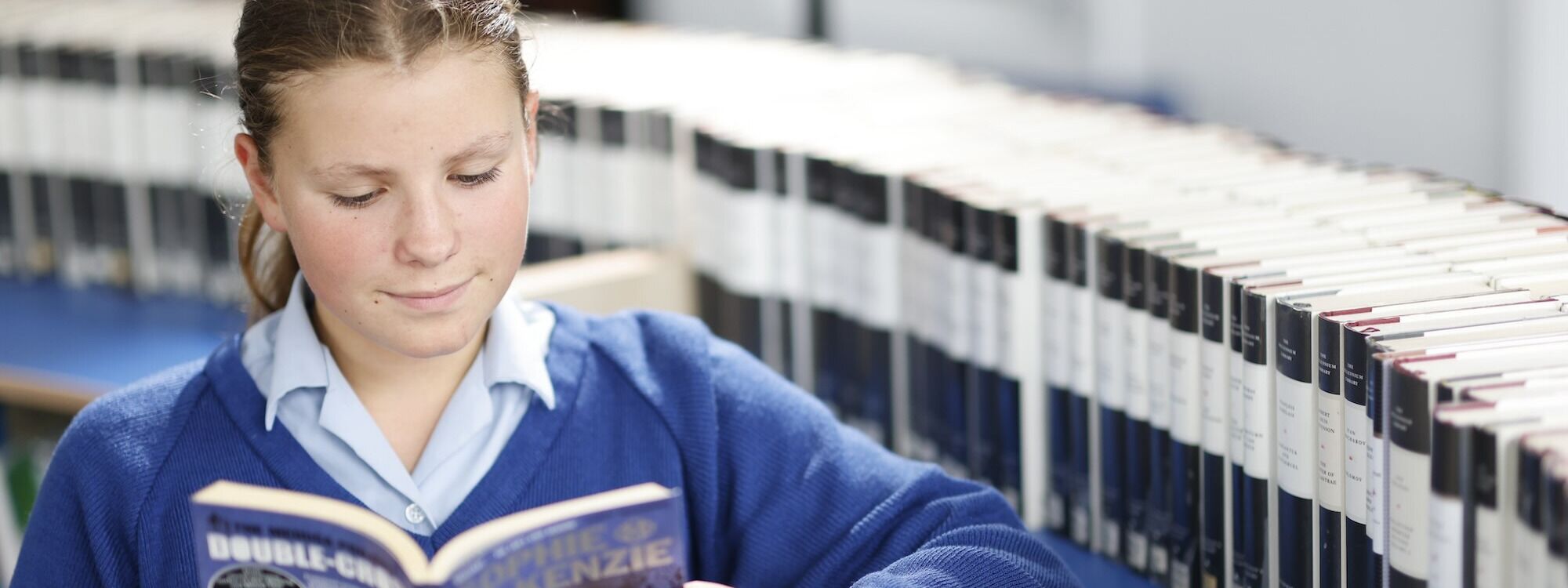- Home
- Key Information
- Curriculum
- Home Learning
Home Learning
Several studies have indicated a positive correlation between homework completion and academic achievement. The analysis revealed that completing homework was associated with higher exam results and improved academic performance.
However, there is a wide variation in the potential impact of homework which suggests that how homelearning is set combined with the quality of the task set is more important than the quantity of work set.
Why students should receive home learning?
-
Students develop good habits for study and there is evidence to show that students who complete homework make better progress
-
Students are able to prepare for future learning.
-
Students can be encouraged to enrich their classroom learning
-
Through setting homework, teachers are able to set a wider range of tasks. This can provide a greater range of evidence for student progress and achievement.
-
It is an opportunity for students and parents to share the learning experience in greater partnership
Types of Home Learning at Coloma
Examples of the types of home learning that might be set:
-
Online home learning tasks - Seneca, GCSEpod, BBC Bitesize, SPARKs
-
Vocabulary or key facts learning
-
Preparing for future learning eg reading ahead, flipped learning
-
Wider reading tasks for consolidation or enrichment
-
Structured short-answer questions to consolidate learning in lessons
-
Timed essays/extended pieces of writing
-
Revision
-
Write ups of practical work or experiments
-
Creative responses to learning
All written homelearning tasks that are completed in exercise books should be clearly identifiable.
Regularity of Homework and Marking/Feedback
The homework timetable provides guidelines for the amount of homework that should be set for each subject within KS3 and KS4.
Guidelines for homework
In KS3, students will receive 1 piece of Art, DT, IT, English, Biology, Chemistry, Physics, Geography, RE and French or Spanish homework per week.
Students will receive one piece of History homework every two weeks. Students will receive two pieces of Maths homework every week.
Time allowed for each piece of work set:
- Year 7 - 20 minutes during first half term, then 25 minutes
- Year 8 - 30 minutes
- Year 9 - 30 minutes
- Year 10 - 40 minutes
- Year 11 - 40 minutes
Teachers should be mindful of not expecting homework to be completed for the next day, as this may be unrealistic for students who have extra-curricular or other commitments
It is important that the purpose of homework is made clear to students and that homework is acknowledged. There are various methods in which home learning can be acknowledged and marked. Examples include self and peer marking, online automatic marking, solutions provided on Google Classroom.
